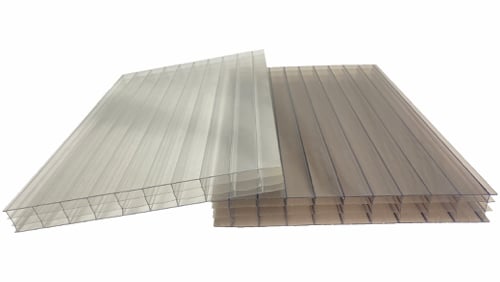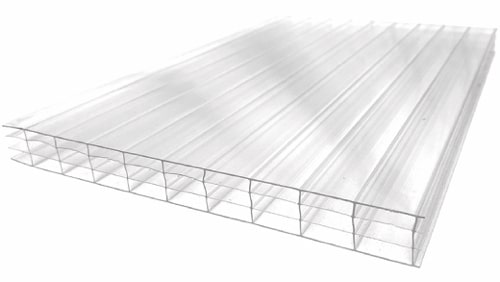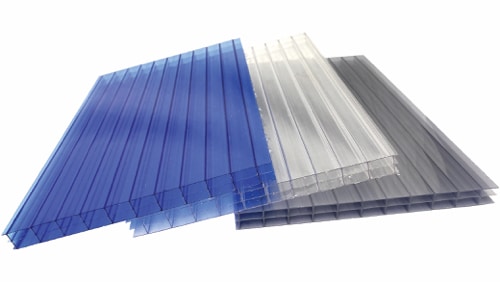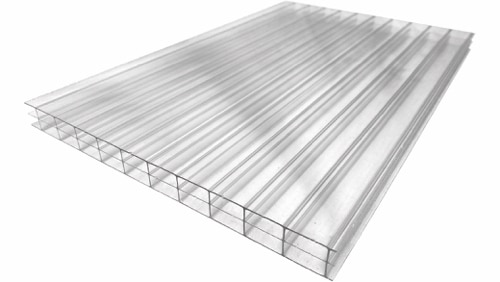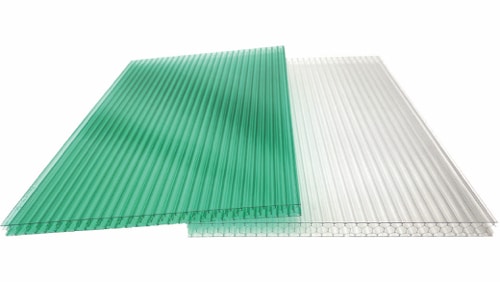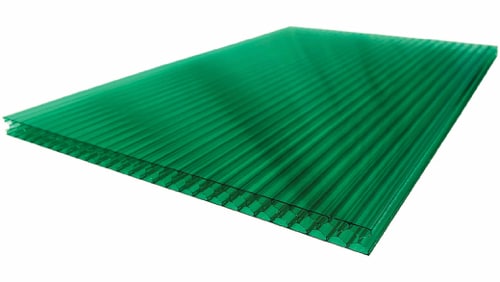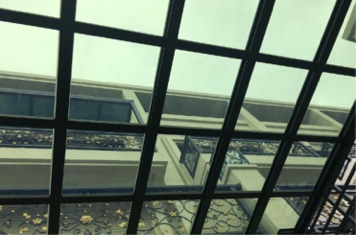UV Resistant Polycarbonate
There is no such thing as an imperishable material, at least not on Earth where we exist; even the almighty Achilles has weaknesses. The same goes for all plastic materials, with polycarbonate sheets being no different when it comes to facing the fearful Helios. We are able to create UV resistant polycarbonate sheets to fend off his everlasting penetrating powers, but to a limited extent, as all things come to an end, eventually.
Not to delve too much into technical details, Ultraviolet UV radiation is, for most materials, including polycarbonate sheets, the most important determinant of their durability, whereas solar cut-on wavelength and irradiance are two of the major factors which quantify UV radiation, with lower wavelengths producing higher energy values and vice versa, which simply put, translates to the sun radiation being less damaging to PC sheets in winter than in summer. However, it should be understood that materials have selective absorption and reactions occur exclusively at certain energy levels (but not at other wavelengths), which pertains to the characteristic properties of the material.
When co-extruded with UV absorbers and stabilizers, UV resistant polycarbonate sheets will be protected against harmful UV wavelengths, preventing degradation in the form of yellowing, reduced gloss, embrittlement, and cracking, which translates to reduced physical and mechanical properties, and hence longevity of the sheets.
With the development of science and technology, over time, we mortals have gradually, through trial and error, figured out a way to extend the lifespan of polycarbonate sheets. Roughly one and a half scores ago, before co-extrusion existed, resistance against UV radiation was achieved by adding an extra layer of film, adhered to the surface facing against the sun. This layer of adhesive film actually performed pretty well and lasted for many years, though over time, its adhesiveness wore off, which resulted in flaking and peeling, eventually exposing the bulk PC base layer underneath, and its performance spirally rapidly downwards from then on.
Then came the period spay applied UV coatings. Sprayers were added to the extruders and designed for the polycarbonate sheets to be sprayed with an “even thickness” layer of UV stabilizers before being cut to size and left to cool off. Notice the double quotation mark.
As the name suggests, UV absorbers absorb UV, and according to the Lambert-Beer law, there is always a limit due to thickness and absorber concentration. We all know that a chain is only as strong as its weakest link, and no matter how precise a sprayer may be, the sprayed UV layer will never be as evenly spread compared to UV protective films. Areas with the thinner layer will saturate and start deteriorating sooner, creating a weak spot for premature damages.
Eventually, smart engineers and scientists came up with a wonderful solution in the form of co-extrusion. Simply put, UV resistant polycarbonate sheet co-extrusion is an extrusion process which combines the base polycarbonate resin with the UV master-batch to run through a single feedblock die, producing a polycarbonate sheet base layer with a perfect UV cap layer. The UV stabilizer along with anti-oxidant agents use the same polycarbonate resin as carrier, which means both layers are seamlessly joined without the risk of ever peeling off, and the co-extrusion process ensures an evenly coated layer, since the feedblocks are sealed off against any external influence by the elements.
VULCAN UV resistant polycarbonate sheets use one hundred percent virgin UV polycarbonate base material and UV stabilizers available in the market, and by absorbing 99.5% of harmful UV wavelengths between 290~400nm, VULCAN polycarbonate sheets are protected against loss of clarity due to the weathering caused by extreme heat and sunlight, and can last more than 10 years under extreme conditions.


